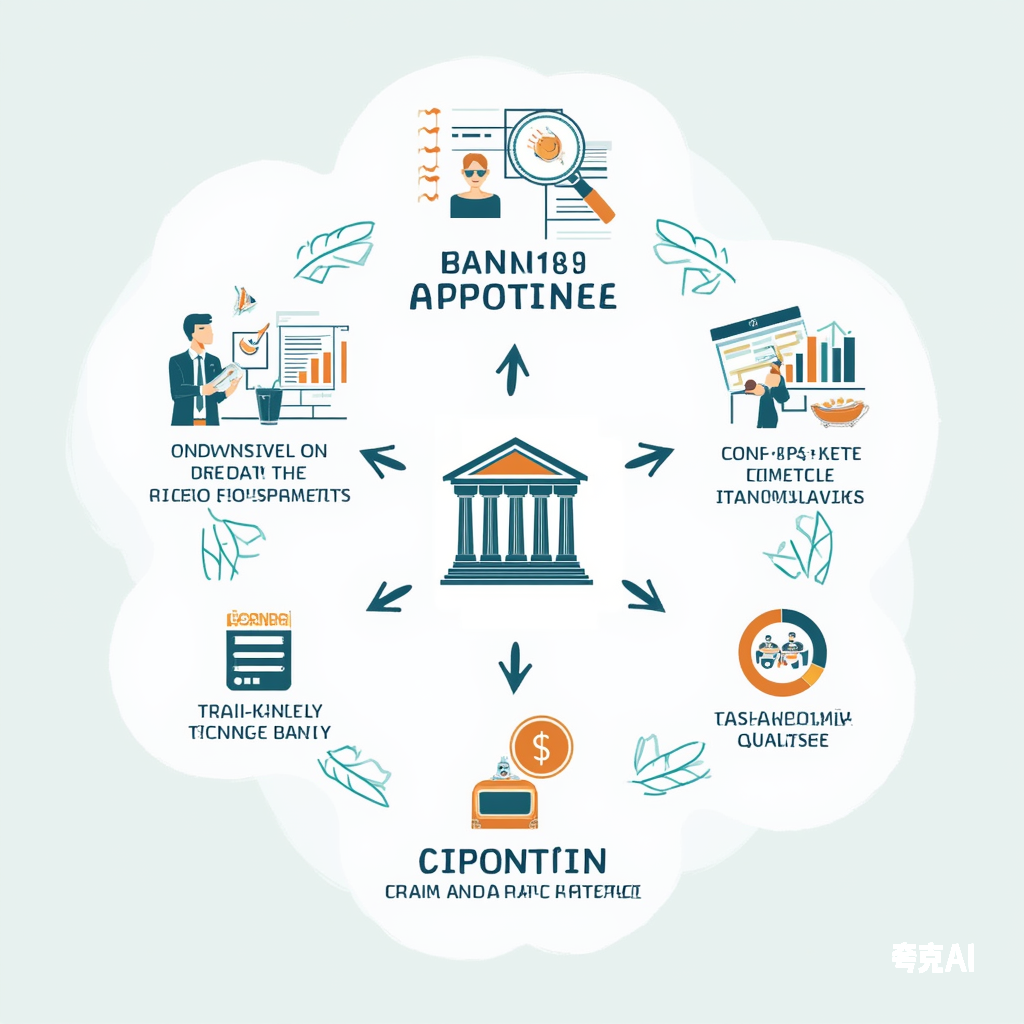4 Articles
Tags :Fraud Detection

Blending Detective Work with Credit Risk Analysis The blockbuster film Detective Chinatown 1900 captivated audiences with its sharp investigative techniques—meticulous observation, multi-source verification, structured interrogation, and behavioral profiling. These methods, rooted in traditional Chinese “Observe, Listen, Inquire, Analyze” (望闻问切) principles, offer a powerful framework for bank credit risk assessment, particularly in pre-loan due diligence. In an era of rising financial fraud and complex borrower profiles, banks must adopt forensic-level scrutiny to uncover hidden risks. This article explores how detective-inspired credit analysis can strengthen loan underwriting, mitigate defaults, and enhance fraud detection—while integrating modern fintech tools for a next-generation risk management approach. Part 1: The “Detective Chinatown” Framework for Loan Investigations 1. Observe (望): The Art of Scene Investigation “What you see is often more revealing than what you’re told.” Detectives scrutinize...

In today’s rapidly evolving financial landscape, bank transaction records serve as a critical “detector” for financial institutions, offering deep insights into a borrower’s financial health. These records play a pivotal role in pre-loan assessments by revealing key operational patterns and post-loan monitoring by tracking financial fluctuations. However, as banking transactions become increasingly fragmented across multiple institutions, detecting risks from a single bank’s transaction records has grown more challenging. Compounding this issue is the rise of fraudulent transaction records—a tactic employed by unscrupulous entities to manipulate credit assessments. Given the critical role of transaction records in risk evaluation, banks must refine their ability to distinguish genuine records from fabricated ones. This article explores practical methodologies for authenticating bank transaction records, ensuring...

In the world of lending, credit officers are the ultimate gatekeepers—part detective, part psychologist, and part fortune-teller. They don’t just review numbers; they dissect stories, sniff out inconsistencies, and predict financial futures with unnerving precision. Below are 34 soul-searching questions that define their daily grind, revealing just how deep the rabbit hole of risk assessment goes. The Borrower’s Motives: Why Us? Financial Statements: Truth or Creative Fiction? Collateral: Solid Asset or Paper Castle? The Human Factor: Lies, Tells, and Invisible Ink Industry Realities vs. Borrower Fairytales The Digital Footprint: Clues or Misdirection? The Lender’s Dilemma: Caution vs. Opportunity The Aftermath: From Judge to Debt Collector The Ultimate Question Final Thought:Credit investigation isn’t just about numbers—it’s about decoding human behavior, spotting...

In the world of business lending, securing a loan is no simple feat. It’s a meticulous process that involves multiple layers of screening, data verification, and risk assessment. Today, we’ll break down the key stages of business loan approval, offering insights into how lenders evaluate applicants and what businesses can do to improve their chances of success. 1. Initial Screening: The First Line of Defense 1.1 Business Age VerificationLenders often require businesses to be operational for at least two years. This is based on data from the China Small and Micro Enterprise Financial Services Report (2018), which shows that the average survival period for SMEs is 2.5 years. Younger businesses are deemed less stable and higher risk. 1.2 Legal Entity and...


 SinoLoanHub: Expert Business Loan Solutions for North American Companies
SinoLoanHub: Expert Business Loan Solutions for North American Companies

